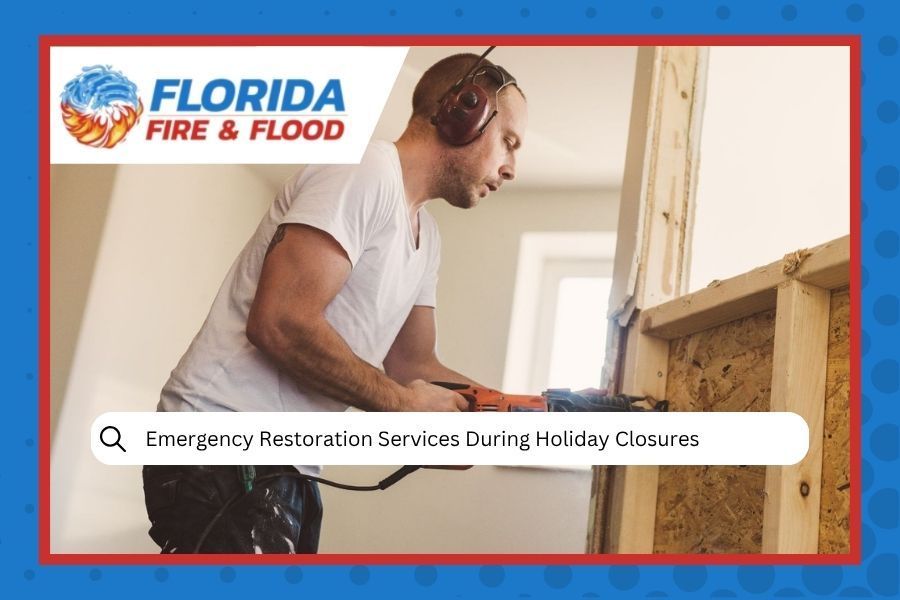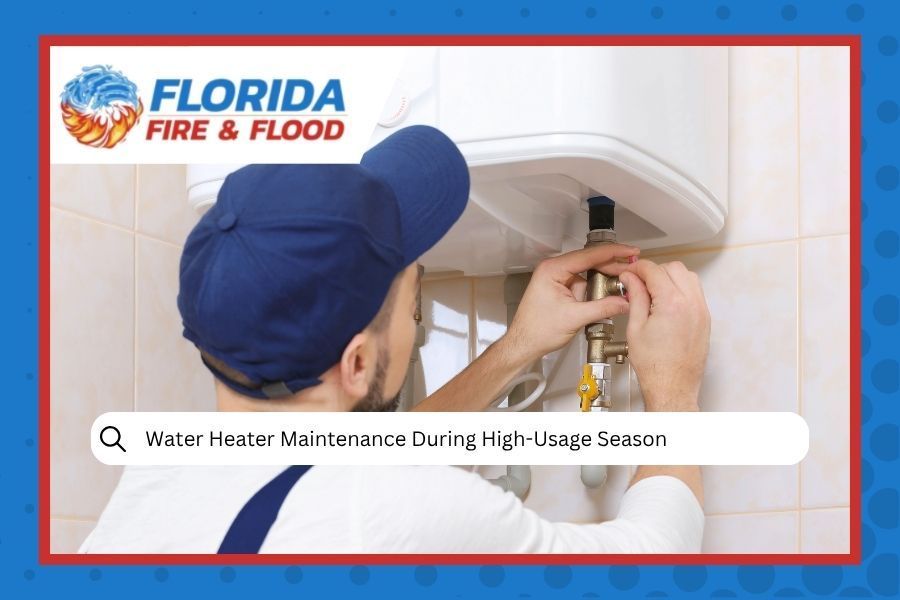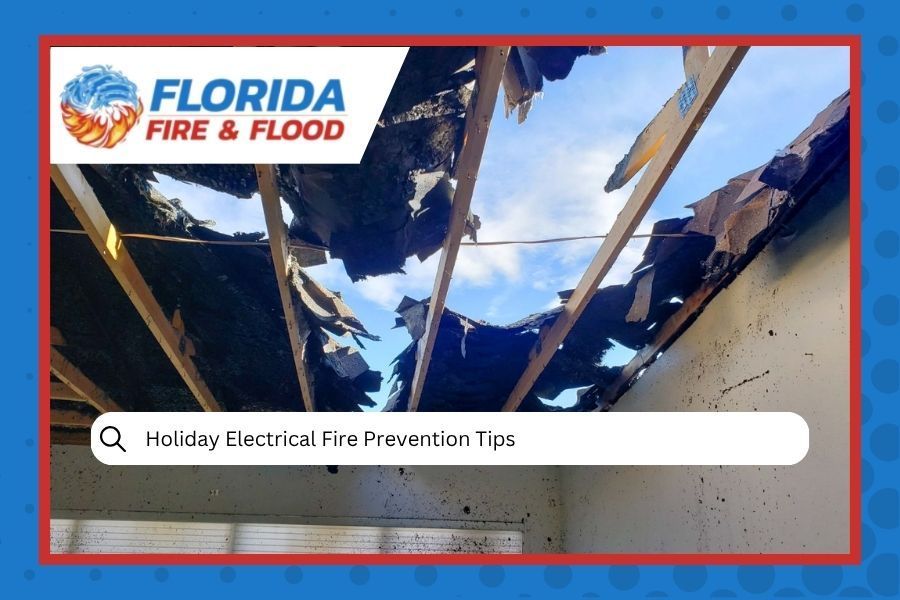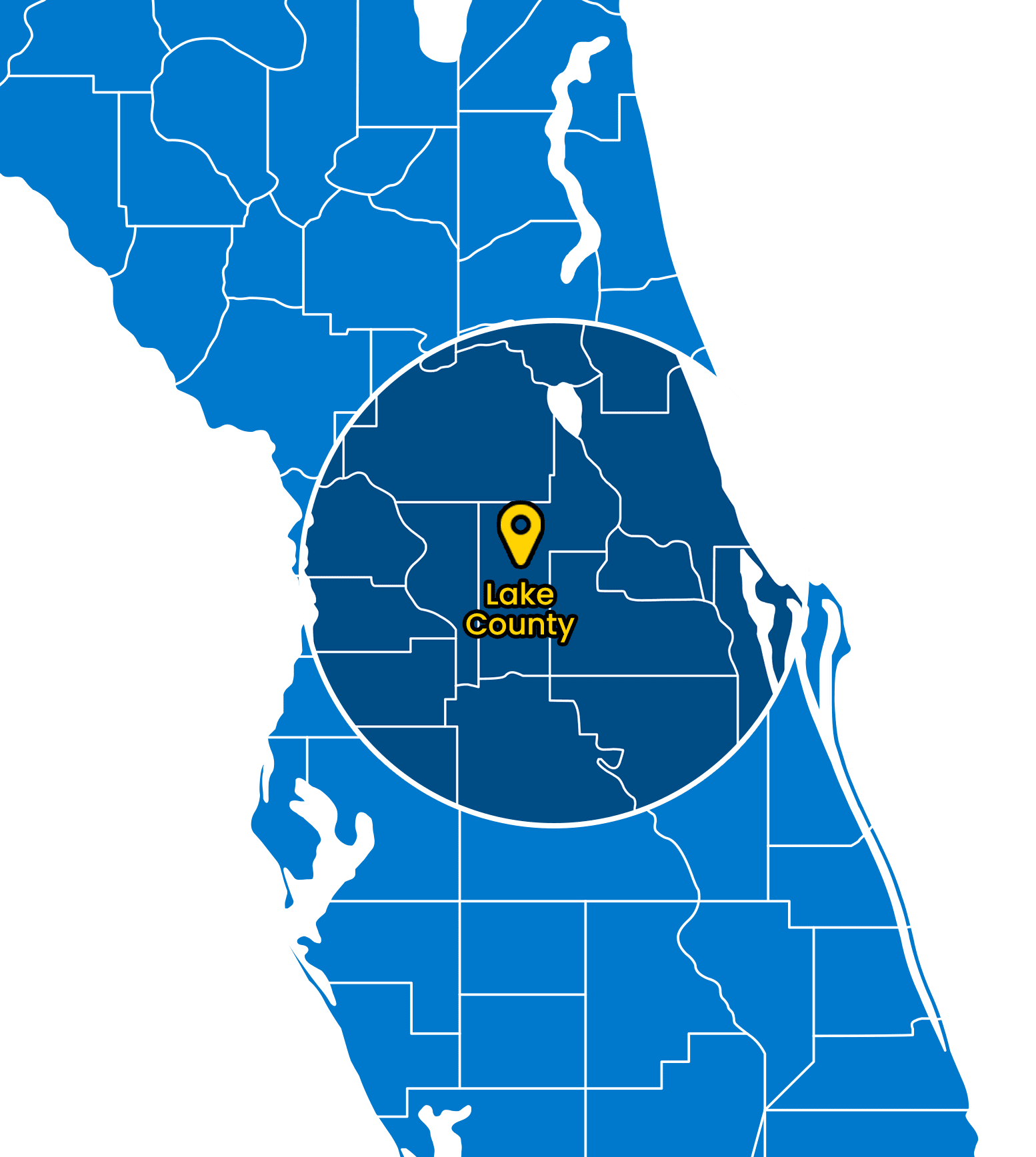AMRT - Applied Microbial Technician I, (Mold Remediation)
Jump To:
Living in Central Florida means dealing with some pretty wild weather, and your roof takes the brunt of it all. Between hurricane season, afternoon thunderstorms that seem to come out of nowhere, and the occasional tornado, your roof works overtime protecting your home. When roof problems occur, professional roofing services can help assess damage and prevent water intrusion that leads to costly restoration projects.
Think of your roof as the unsung hero of your home. It's up there 24/7, dealing with whatever Mother Nature throws at it, and rarely gets the appreciation it deserves until something goes wrong. But here's the thing, by the time you notice water dripping into your living room, the damage has likely been building for a while.
Why Orlando Area Roofs Need Extra Attention
Central Florida weather is beautiful, but it's tough on roofs. We see it all the time in our line of work. The combination of intense UV rays, sudden temperature changes, and those afternoon downpours that can drop inches of rain in minutes creates the perfect storm for roof problems.

Professional roof inspections help identify weather-related damage before it becomes a costly emergency in Central Florida's challenging climate.
Central Florida Weather Challenges for Your Roof
Here's what makes our weather particularly challenging:
- Hurricane season from June through November brings high winds and torrential rain
- Daily temperature swings cause materials to expand and contract
- Intense UV exposure breaks down roofing materials faster
- Sudden, heavy downpours test your roof's drainage capabilities
- High humidity creates conditions for mold growth if water gets in
According to the National Hurricane Center , Central Florida sees some of the most intense weather patterns in the country, making regular roof maintenance critical for homeowners.
The reality is, most homeowners don't think about their roof until there's a problem. But by then, what could have been a simple repair often turns into a major restoration project.
When to Inspect Your Roof in Central Florida
Seasonal Inspection Schedule:
Spring (March-May)
This is your pre-hurricane season checkup. After a relatively mild winter, spring is the perfect time to address any issues before the heavy weather hits.
Post-Storm Inspections
After any significant weather event, you'll want to take a look. This includes:
- Hurricanes or tropical storms
- Severe thunderstorms with high winds
- Hail (yes, we do get it occasionally in Central Florida)
- Tornadoes or severe wind events
Fall Assessment (October-December)
Once hurricane season winds down, it's time to assess any damage and prepare for the cooler months ahead.
Need help assessing storm damage? Our team at Florida Fire & Flood offers free consultations and works directly with insurance companies, so you don't have to play middleman with claims. If water has already entered your home, immediate water damage restoration is critical to prevent further damage.
What to Look For During Your Roof Inspection
Exterior Signs of Damage

Missing and damaged shingles like these are common after Central Florida storms and require immediate attention to prevent water damage.
Shingle Issues:
- Missing, cracked, or curling shingles
- Granules in your gutters (a sign of aging or storm damage)
- Exposed nail heads
- Shingles that look darker or different in color
Flashing Problems:
- Loose or damaged flashing around chimneys, vents, and skylights
- Rust or corrosion on metal components
- Gaps or separations where flashing meets the roof
Gutter and Downspout Concerns:
- Clogged gutters or downspouts
- Standing water in gutters
- Sagging or pulling away from the house
- Rust or holes in metal gutters
Interior Warning Signs
Sometimes the first signs of roof problems show up inside your home. Keep an eye out for:
- Water stains on ceilings or walls(often the first sign of trouble)
- Musty odors that could indicate hidden moisture
- Peeling paint around ceilings or upper walls
- Sagging ceiling areas
- Light coming through the roof(obviously a big red flag)
If you notice any of these interior signs, don't wait. What starts as a small leak can quickly become a major problem requiring extensive mold remediation if moisture creates the perfect breeding ground for harmful growth.
DIY Inspection Safety Tips
Let's be clear about this: we're not suggesting you climb up on your roof with a ladder and start poking around. That's a recipe for injury and potentially more damage. Here's how to safely assess your roof from the ground:
What You Can Do Safely:
- Use binoculars to inspect from the ground
- Check gutters and downspouts for debris or damage
- Look for obvious missing shingles or damage
- Inspect your attic for signs of water intrusion
- Take photos of any concerning areas to show professionals
When to Call the Professionals:
- Any time you're not comfortable or safe doing the inspection yourself
- If you suspect significant damage
- When you need someone to actually get on the roof for repairs
- If you're dealing with insurance claims
Remember, spotting the signs of water damage early can save you thousands in repair costs down the road.
Common Orlando Area Roof Problems
Wind Damage
Those afternoon thunderstorms and hurricane season winds can lift shingles, damage flashing, and even send debris flying onto your roof. Wind damage often isn't immediately obvious but creates entry points for water.
UV Damage
Central Florida's intense sun breaks down roofing materials over time. Asphalt shingles become brittle, and sealants can dry out and crack.
Water Damage from Heavy Rains
When it rains in Central Florida, it really rains. Poor drainage or small leaks can quickly become major problems during our intense downpours.
Mold and Algae Growth
High humidity and occasional moisture create perfect conditions for organic growth on and under your roof. That black streaking you see on many roofs? That's algae, and while it might look harmless, it can damage your shingles over time.
Creating Your Roof Inspection Checklist
Your Roof Inspection Checklist
The key is consistency. Regular inspections help you catch problems early, and trust me, early detection is much easier on your wallet than emergency repairs.
Professional Inspection vs. DIY: When to Call the Experts
While there's plenty you can do from the ground, sometimes you need professional eyes on your roof. Here are situations where you should definitely call in the pros:
- After any significant storm event
- If you notice interior water damage
- When selling or buying a home
- If your roof is approaching 15-20 years old
- When you spot potential safety hazards
- If you're planning any major home improvements
Professional roofers have the training, equipment, and experience to safely identify problems you might miss. Plus, they can provide documentation that insurance companies require for claims. The Federal Emergency Management Agency (FEMA) recommends regular roof inspections, especially in hurricane-prone areas like Central Florida.
We've seen too many cases where small issues became major restoration projects because they weren't caught early. Just like this hidden roof leak story shows, a little prevention really does pay off.
What to Do If You Find Damage
If your inspection reveals damage, don't panic, but don't wait either. Here's your action plan:
- Document everything with photos and notes
- Contact your insurance company if the damage is storm-related
- Get professional assessments from qualified roofers
- Make temporary repairs if necessary to prevent further damage
- Keep receipts for any emergency repairs for insurance purposes
If water has already entered your home, time is critical. Water damage can escalate quickly, leading to mold growth and structural issues. In severe cases involving electrical damage, you might even need fire damage restoration services. For homeowners throughout Central Florida, professional water damage restoration services can prevent minor leaks from becoming major disasters.
Are You Prepared?
Before we dive into seasonal tips, let's be honest: most Central Florida homeowners aren't as prepared as they think they are. Here's a quick reality check:
Quick Preparedness Check:
- Do you know where your roof emergency contact numbers are?
- Have you taken photos of your roof for insurance purposes?
- Do you have tarps and basic materials for emergency repairs?
- When did you last clean your gutters?
- Can you safely access your attic to check for leaks?
If you answered "no" to more than two of these, it's time to get serious about roof preparedness.
The good news? Getting prepared doesn't have to be overwhelming. A little planning now can save you thousands in emergency repairs later.
Seasonal Preparation Tips for Central Florida Homeowners
Don't Wait for Damage to Call
Our IICRC-certified team provides free consultations and works directly with insurance companies. Available 24/7 for emergencies throughout Central Florida.
Schedule Free ConsultationPre-Hurricane Season Prep
- Clear gutters and downspouts
- Trim overhanging tree branches
- Secure or remove loose outdoor items
- Check that your roof drainage is working properly
Post-Hurricane Season Recovery
- Assess any damage from the season's storms
- Address any issues before the next season
- Update your emergency contact list
- Review your insurance coverage
Ready to protect your biggest investment? Contact our team for a free consultation. We're available 24/7 for emergencies and work with all major insurance companies to make the process as smooth as possible for Central Florida homeowners.
Frequently Asked Questions
What specific roof damage should I look for after Central Florida's afternoon thunderstorms?
After those intense afternoon storms common in Central Florida, focus on missing or lifted shingles (especially on the side facing prevailing winds), damaged flashing around vents and chimneys, clogged gutters filled with debris, and any new water stains inside your home. The rapid temperature changes and sudden wind gusts during these storms often cause shingle adhesive to fail or lift edges that seemed secure before.
How do I know if those black streaks on my Orlando area roof are just cosmetic or a real problem?
Those black streaks you see on many Central Florida roofs are typically algae growth thriving in our humid climate. While they start as a cosmetic issue, they can actually damage your shingles over time by feeding on the limestone filler in asphalt shingles. If the streaks are widespread or you notice shingle granules washing into your gutters, it's time for professional assessment before the damage becomes structural.
Should I inspect my roof differently during hurricane season versus the rest of the year?
Absolutely. During hurricane season (June through November), increase your inspection frequency to after every significant weather event, not just monthly. Focus specifically on wind damage like missing shingles, damaged flashing, and debris impact. Pre-season inspections should emphasize securing loose elements and ensuring proper drainage, while post-season assessments help identify cumulative damage that needs addressing before the next year.
When does roof inspection reveal water damage that requires immediate professional intervention in Central Florida?
Call professionals immediately if you find active leaks during inspection, multiple interior water stains that appeared suddenly, musty odors suggesting hidden moisture, or any sagging ceiling areas. In Central Florida's humid environment, even small amounts of trapped moisture can lead to rapid mold growth within 24-48 hours, turning a simple roof repair into a complex remediation project requiring specialized equipment and expertise.







